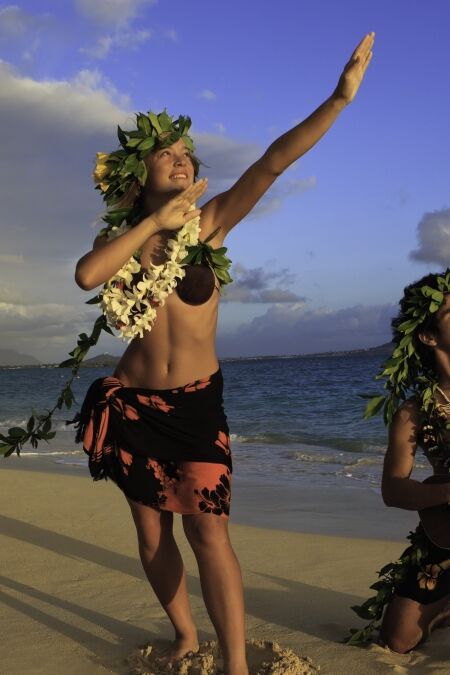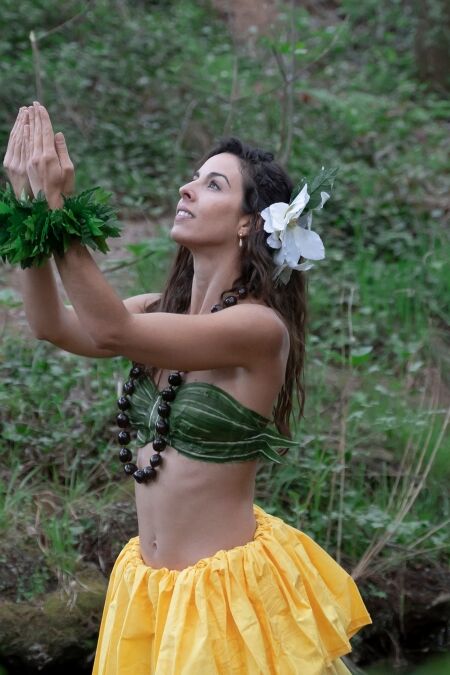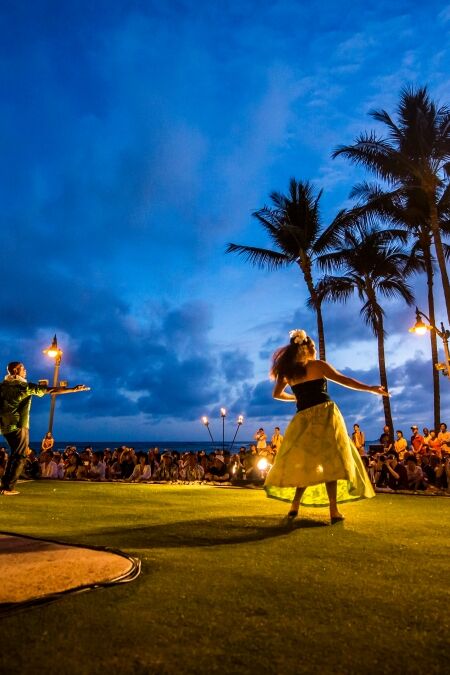Steeped in the rich traditions of the Hawaiian Islands, hula is much more than a mere dance—it is a powerful form of cultural storytelling, deeply interwoven with the history and mythology of the indigenous people. This graceful art form, often misunderstood and commercialized beyond its authentic roots, encapsulates the essence of Hawaii’s spiritual landscape, its ancestors, and the natural world. As we explore these 7 fascinating facts about ancient Hawaiian hula, we unravel the layers of symbolism, the strict protocol of its training, and the sacredness it holds to this day for the Hawaiian people. Join us on a journey through the swaying grass skirts, the hypnotic chants, and the expressive movements that make hula a timeless dance of the Hawaiian soul.
1. Hula was originally a form of worship
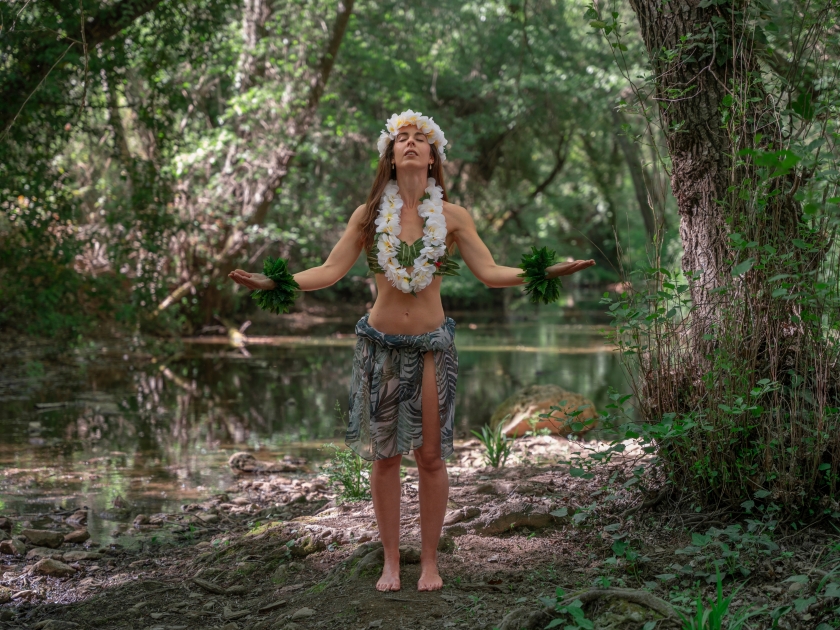
Hula was originally performed to honor the gods, goddesses, and natural forces that abound in Hawaiian mythology. Each movement and gesture was a physical manifestation of prayer and reverence, aiming to connect the spiritual plane with the earthly experience of the Hawaiian people. From the undulating of hands to mimic ocean waves to the stomping of feet symbolizing the eruption of volcanoes, hula was a sacred ritual, integral to both religious ceremonies and social gatherings. While this spiritual essence continues to thrive within the ancient kahiko hula, maintaining its role as a form of worship to this day, it is important to distinguish that not all forms of hula carry the same ceremonial weight. The more contemporary auana hula, for example, embraces a broader spectrum of influences, incorporating Western instruments and melodies, and thus, represents a more modern interpretation of the dance that may not always serve the same sacred purposes.
Learn More: Exploring the Spiritual Side of Hula
2. Hula was once a male-only practice
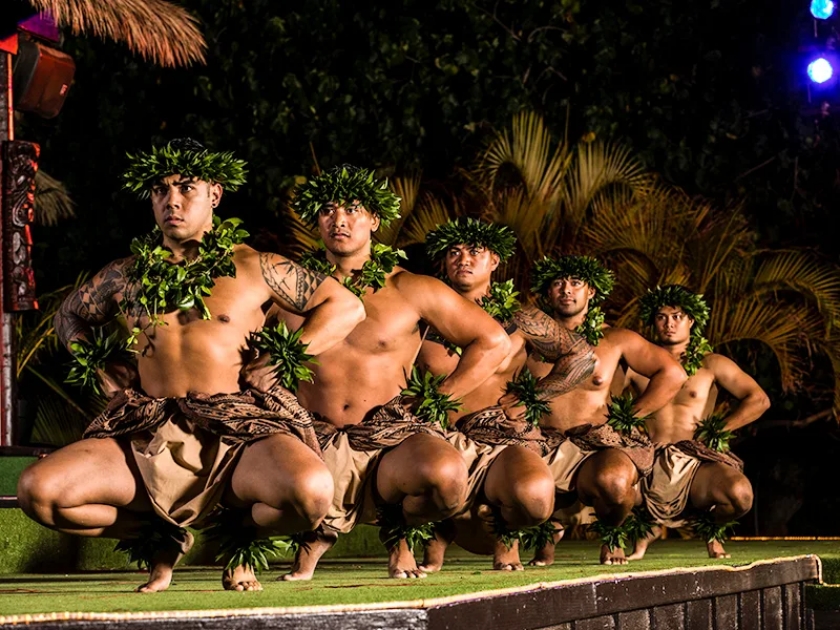
Traditionally, ancient hula was once an exclusively male practice, deeply rooted in the sacred and the ceremonial. Men were the primary performers of hula, which was initially a part of religious rituals that honored Hawaiian gods and sought their favor. These early hula dancers, or “kahiko”, were expected to undergo rigorous training and adhere to strict protocols to perfect their craft. The physical discipline required to perform the intricate dances, coupled with the spiritual discipline to respect its sanctity, was at the time considered more befitting for men. It wasn’t until later periods that women were allowed to partake in hula, ultimately leading to it becoming more synonymous with female dancers in contemporary times.
Learn More: Exploring the Artistry and Tradition of Male Hula Dancers in Hawaii
3. Chants (mele) are integral to Hula storytelling
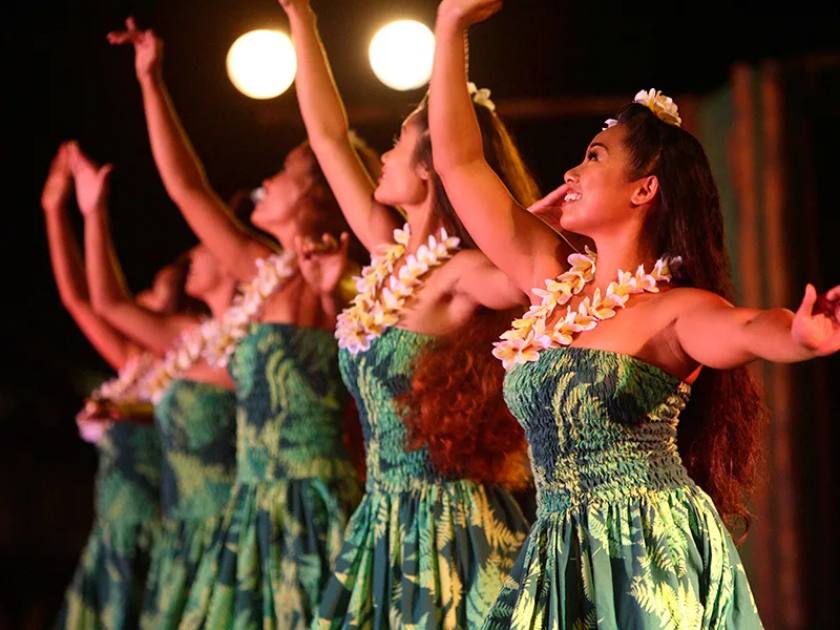
Chants, or mele, are at the very heart of hula, serving as the narrative vehicle that guides the dancer’s movements. Each chant holds historical significance, often recounting tales of creation, genealogy, mythology, or important events in Hawaiian history. Mele is delivered in an almost poetic form, using the Hawaiian language’s rich vocabulary and deep metaphors to express emotions and stories. Dancers’ movements are meticulously choreographed to the rhythm and lyrics of the chants, symbolizing everything from natural phenomena like wind and rain to human emotions such as joy and sorrow. Through this symbiotic relationship between mele and dance, hula becomes a living record of the Hawaiian people’s ancestral memories, preserving their stories for future generations.
4. The 1970s movement revitalized Hula traditions
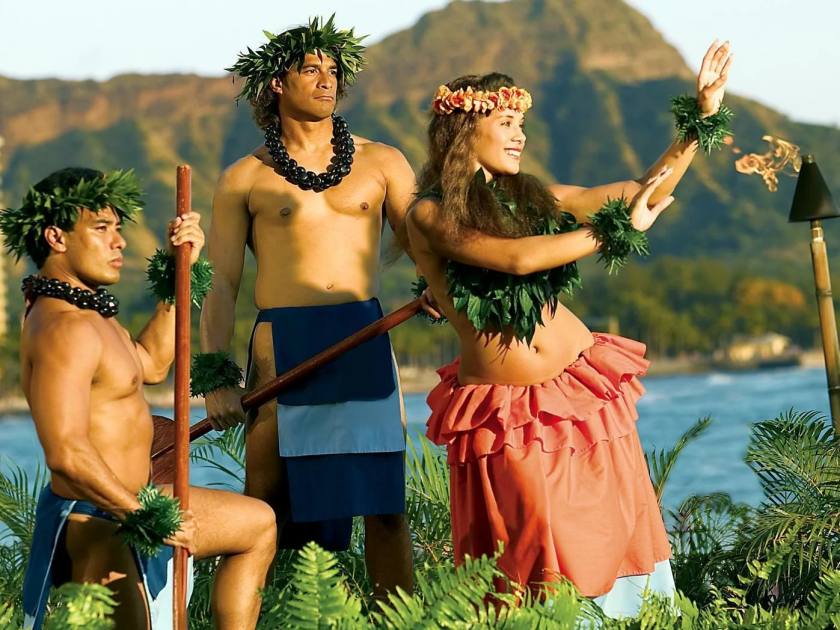
In the 1970s, a cultural reawakening known as the Hawaiian Renaissance ignited a fervent effort to revitalize traditional hula. During this period, Hawaiian people actively sought to reclaim their heritage, a response to the decades of suppressed cultural expression and Americanization. Within this movement, hula schools, called “hālau hula,” saw a resurgence, as did the use of the Hawaiian language. The art of hula once again became a cornerstone for the Hawaiian identity, with the Merrie Monarch Festival achieving prominence as a significant cultural event that continues to celebrate and preserve the hula tradition to this day.
5. There are sacred laws that govern Hula performances
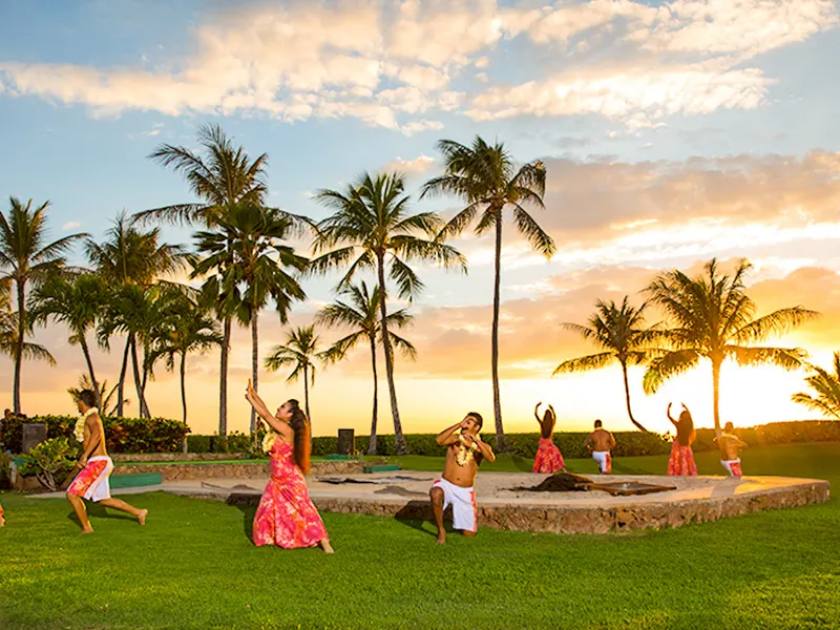
The hula was intricately entwined with the `kapu` system—a set of sacred laws that played a critical role in ancient Hawaiian society. It governed not only daily life but also the spiritual world, which included the performances of hula. These performances were not mere entertainment; they were ceremonies that could only take place with the proper spiritual preparation and observance of kapu. Special places known as hālau hula were designated for the instruction and practice of hula, where both dancers and instructors would engage in strict rituals to honor the deities of hula. The observance of these sacred laws ensured that each performance was more than a dance; it was a spiritual offering and a way to maintain the favor of the gods.
6. The attire and accessories associated with Hula are distinctive
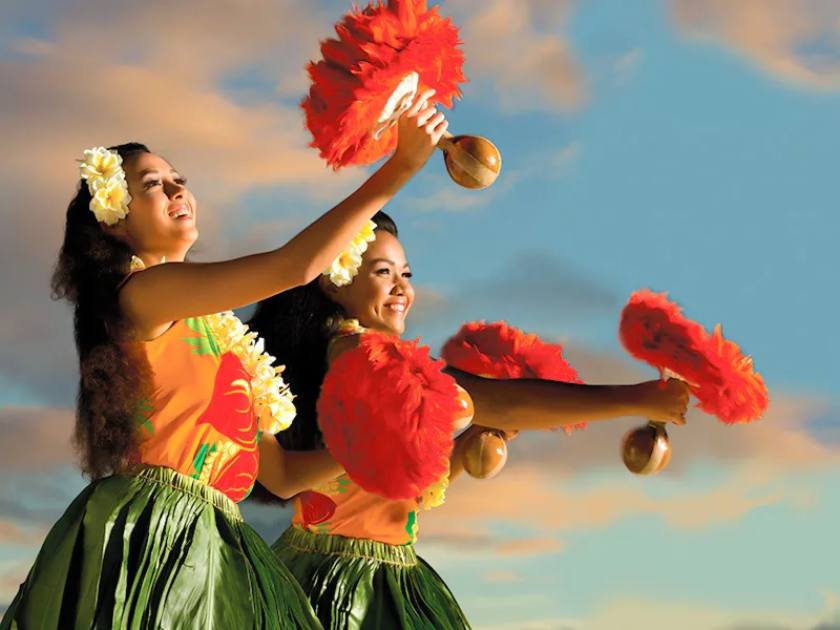
Traditional Hula dancers adorned themselves with attire made from natural materials found throughout the islands. They often wore `pa’u` skirts made from tapa or ti leaves and lei necklaces that were symbolic of Hawaiian deities, each conveying specific attributes. Furthermore, dancers used implements such as the `uli uli` (feathered gourd rattles), `pu’ili` (split bamboo sticks), and `ipu` (double gourds) to add rhythm and depth to their performances; each instrument carrying its own spiritual symbolism and connection to the natural world.
7. Hula conceals a hidden language within its movements and gestures
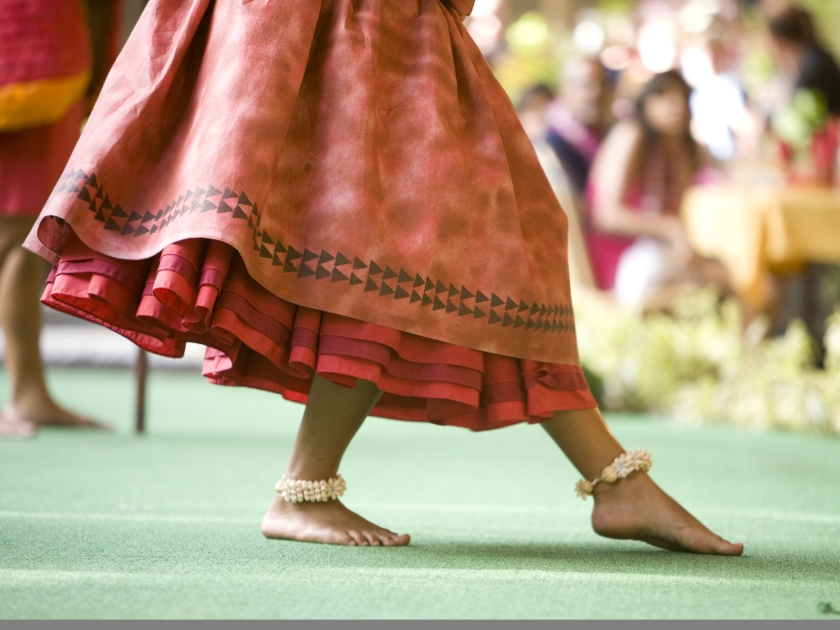
Hula is an embodiment of poetry in motion, where each gesture carries a wealth of symbolic meaning. The subtle sway of the hips, the graceful movements of the hands, and the intentional gaze of the eyes—all reveal the narrative of a song or chant. Dancers use their entire body to translate the tales of nature, such as the gentle caress of the wind or the fierce volcanic eruptions, into a visual performance. The hula is a lexicon of its own, with hand movements representing words and phrases; for instance, a wavelike motion may signify the ocean, or the spreading of fingers might illustrate a blossom opening. Thus, to truly comprehend hula is to understand a hidden language, one where the language of the heart is made visible and the stories of the ancestors are kept alive through each performance.
Hula is a Window into the Heart of Hawaiian Culture
As we have seen through its history and evolution, from its sacred origins to its modern adaptation and global recognition, Hula embodies the resilience and adaptability of the Hawaiian people. The ongoing cultural importance and global influence of Hula is a testament to its enduring legacy. Internationally, its allure has transcended boundaries, enchanting audiences worldwide and contributing significantly to the global understanding and appreciation of Polynesian culture. Hula’s graceful motions and powerful storytelling continue to captivate, instruct, and bring people together in a celebration of life, land, and heritage.


